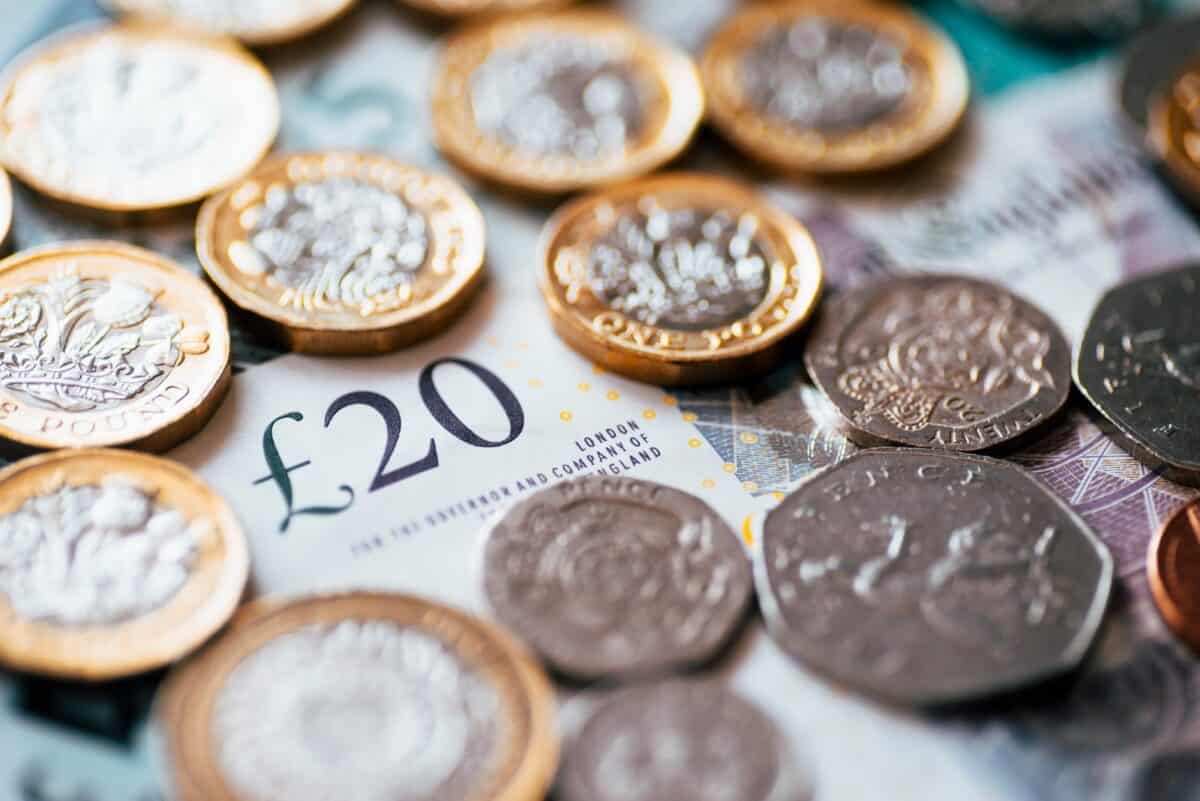UPDATE: Investors in BP (LSE:BP.) have witnessed a staggering 122% return on their investments since November 2020, driven by the energy giant’s strategic return to fossil fuels. The stock currently offers a tempting 5.6% dividend yield, attracting income investors eager to capitalize on BP’s impressive growth trajectory.
Over the past five years, a £1,000 investment would have purchased 508 shares, yielding a passive income of $671.73 (£506.83) without reinvesting dividends. This remarkable performance has heightened interest in BP’s future, raising the question: can the company replicate this success?
The dividend payouts from BP have been significant, with dividends delivered in US dollars. Here’s a breakdown of the dividends per share since 2020:
– 2020 (Q4): 5.25¢
– 2021: 21.42¢
– 2022: 22.94¢
– 2023: 27.76¢
– 2024: 30.54¢
– 2025 (Nine Months): 24.32¢
Such a close to 50% return from dividends alone over five years highlights BP’s robust income-generating potential. Analysts project continued strong performance, with expected dividends forecasted as follows:
– 2025 (Q4): 8.32¢
– 2026: 34.94¢
– 2027: 37.66¢
– 2028: 40.56¢
– 2029: 43.70¢
If analysts are correct, a £1,000 investment today—allowing for around 230 shares—could generate a passive income of $379.91 (£286.53) in the coming years, which, while less than previous returns, remains significant.
However, potential investors should proceed cautiously, as the energy sector remains volatile. BP’s shift back to fossil fuels carries risks, particularly concerning fluctuating oil and gas prices. Economic downturns or increased OPEC+ production could severely impact BP’s profitability, which in turn could affect dividend payouts.
Despite these concerns, BP’s operational performance has improved, with a forward price-to-earnings ratio of 12.3 suggesting a fair valuation. Yet, uncertainty surrounding the company’s future in renewable energy may pose challenges, leading some analysts to suggest exploring other opportunities within the energy sector.
This news comes as BP continues its efforts to optimize capital allocation, focusing on dividends and share buybacks while targeting $5 billion in annual savings by 2027. The strategic disposal of underperforming assets aims to bolster financial stability and enhance shareholder returns.
Stay tuned for further updates on BP’s performance as investors closely monitor developments in the energy market. With BP’s renewed focus on shareholder value, the potential for future gains remains a hot topic among investors.
For those looking for investment guidance, experts recommend keeping an eye on BP’s upcoming financial reports and industry trends that could influence stock performance and dividend payouts.







